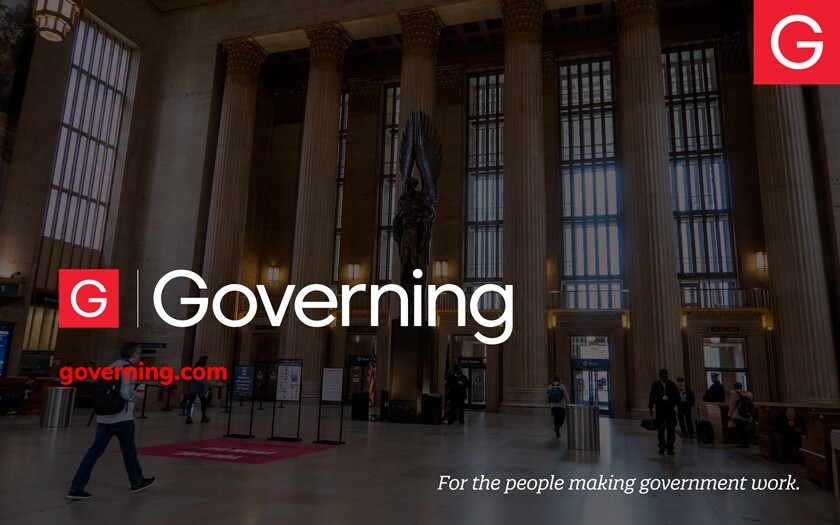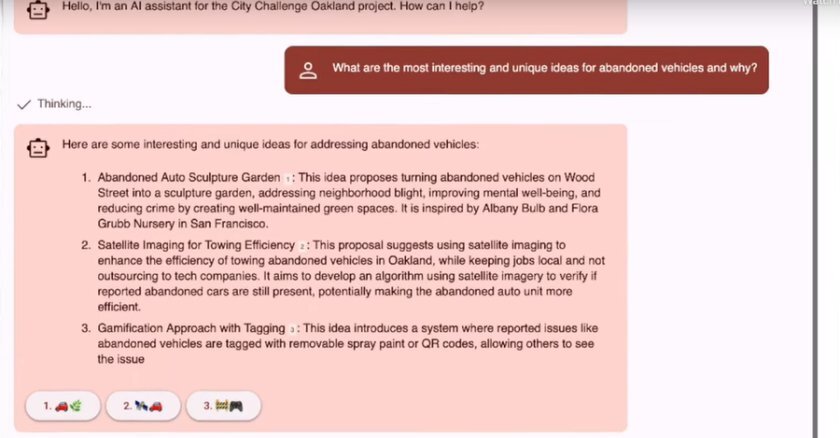Kelli-Marie Vallieres, chief workforce officer in the state Office of Workforce Strategy, told 150 people in an afternoon-long meeting of the Connecticut Artificial Intelligence Task Force on Wednesday that inspiring and engaging under-served, post-high school students is crucial to lifting them up economically with the skills needed to fill tens of thousands of existing and anticipated jobs.
"What we tend to do a lot of times is to reward the highest-performing students with the opportunity for work-based learning or career pathways programs, where it is really the students who are under-served and needy and virtually disconnected or disengaged that would benefit most from those opportunities and we would see the biggest jump in their ability," Vallieres said.
Other experts, participating in-person and virtually in a lecture hall in the Yale Science Building, stressed the need for Connecticut community colleges to expand their AI instruction to bring educational opportunities, including critical thinking, closer to home at this point in the AI revolution.
State Sen. James Maroney, co-chairman of the AI task force that was created in legislation earlier this year, noted that while millions of jobs will be phased-out because of AI, millions more will be created in the new industries.
Vallieres, a Ph.D. who is also the vice chairwoman of the Governor's Workforce Council, said her agency is currently focusing on short-term job-training programs that can meet the current needs of specific employers, who have been asked to suggest curriculum for skills-based training. "Very foundationally, we are very focused on diversity, equity and inclusion," Vallieres told about 100 people in a large lecture room and 50 others with virtual connections to the forum.
"When we look at what we are teaching and how we're teaching in our school system, it's really based on book knowledge and not really the integration and the use of technology in the development of those critical thinking, problem solving, situational awareness skills," she said. "How do we shift the requirements of what happens in school to develop that next set — or generation — of thinkers and life-long learners, which is very different from the people who have a history test and remember the dates and the battles. But what was the situation that caused that issue to happen and how do we learn from that, how did that affect history in the future?"
The under-served population, mostly urban poor is another focus, even as the state's 3.4-percent unemployment rate is a historic low. Many are not even looking for employment, even though they are of working age. "It's really our under-served population who are disproportionately sitting on the sidelines," Vallieres said, noting that there are between 90,000 and 100,000 open jobs statewide. She said that the state has budgeted $70 million for short-term job training offered by the workforce office.
"We have the opportunity to understand what are peoples' barriers to entry for these programs, and then how do we remove those barriers for them," Vallieres said, including child care, transportation, literacy and skills. "We know a vast majority of people sitting on the sidelines may have a high school diploma or an equivalent."
"We're seeing a huge skills mismatch," she said during a panel moderated by state Sen. Saud Awar, D- South Windsor, noting that the agency has 11 partnerships with businesses around Connecticut.
"Those who are sitting on the sideline and are under-employed are our lowest-skilled workers," Vallieres said. "Some of them have issues such as basic skills deficiencies in reading and math. Others have computer-digital literacy issues and others just need the opportunity to understand what the skills that they have are, and how those apply to open positions. A lot of our work is really around trying to figure out the pieces of this puzzle and build out pathways through our partnerships to address on-boarding people, figuring out where they are at, what their current skills are, what that gap is, providing opportunities to reskill and upskill them."
About 42,000 people graduate annually from Connecticut institutions of higher education colleges, while about 34,700 received their high school diplomas.
"The problem is our education doesn't always align to the needs and that includes in higher-ed on occasion," Vallieres said, adding that requirements for years of experience is reducing the chances for younger people to get hired. "Almost every job or every industry has technology jobs embedded in them. How do we build out those education-entering programs that match those jobs." She suggested interested workers sign up in the Office of Workforce Strategy's training portal called Career Connect.
Maroney, who hosted the forum, said that at this early stage of the Artificial Intelligence revolution, it's important to understand the lack of diversity in the industry, where only a quarter of the workforce is women and only 2 percent are Black women.
Speaking virtually, Arvind Krishna of Ridgefield, the chairman and CEO of IBM, said that at this point in AI's development, there's a need for minimal state regulations that could hamper business development. "When it's like this and you don't know how it will evolve, regulators should have a light touch at the beginning," he said. "They should stop bad behavior, but allow innovation to flourish. You can't exactly predict how the technology itself evolves." Community colleges, he said, are the best places to learn AI technology.
Maroney quoted projections from a recent conference he attended. "They said that over the next five or 10 years, AI will cost 85 million jobs, but it will create 97 million jobs," he said.










